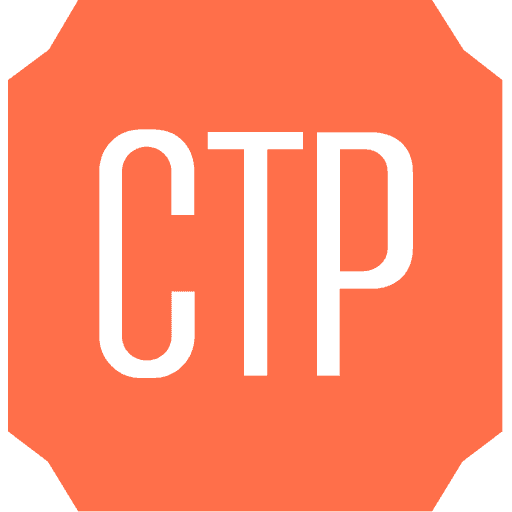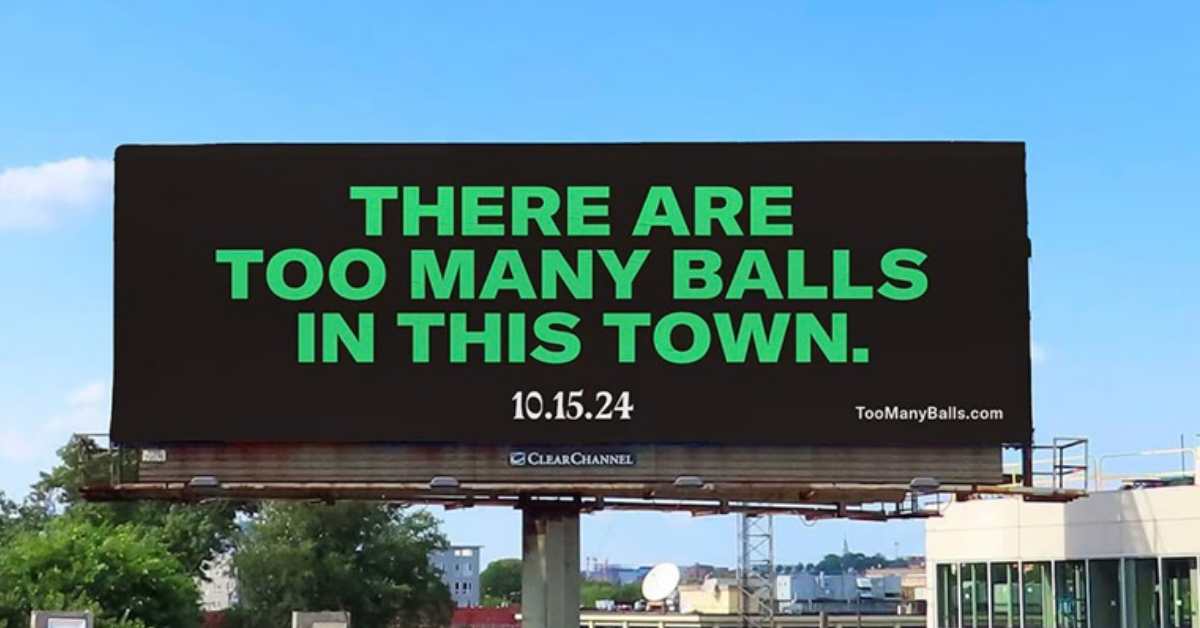Without content, a website is nothing but logos and oft-neglected promises that something is “coming soon.” Content, besides being the sole reason for a website’s existence, forms the root of all decisions about a website’s form and purpose.
It’s a very common pitfall in web development: the site-map, wireframes and design are all built and approved before the content is clarified. When the content does arrive, it often does not match what was planned originally. The answer to the question “Why do you want a website?” should always be answered with “I have content that the world needs to see.”
Websites are organized in a fashion that allows the user to seek and retrieve information as quickly as possible. This is why content should be the inspiration for site structure and design. To give you an idea of how different websites can turn out based on different content, here are some examples:
Are you delivering hundreds or thousands of pieces of content sharing similar attributes?
Then you should focus on building your site around tools to search that content. Many websites feature a large search box front-and-center for this very reason. Examples: Wikipedia, Amazon, Google
Are you pitching an idea?
Then you should focus on making your argument as engaging as possible right off the bat, and then delegate supporting content to subsidiary sections. Examples: Apple, Comcast, this website
Is your content user-generated?
Then focus on how to prioritize said content, whether based on time, subject, votes or author. It’s also important to encourage users to organize their own content in an easy manner that’s hard to manipulate. Examples: Facebook, Twitter, Reddit
It’s also important to take advantage of industry-specific conventions. For restaurants, the two most important pieces are the menu and where the restaurant is physically located. For an agency such as ourselves, the most common sections are the team, work examples, case studies and job listings. If you sell any kind of product, a catalog is a necessity even if you don’t sell anything online.
The best kind of content strategy is one that takes into account the different types of information being presented, and the interrelations between individual pieces of content. Take Amazon, for instance. When you are selling books, it’s always best to be able to look up a book by its author. This implies that you have both Book content and Author content. By associating the two, you are enabling your users to find information through several different avenues. Amazon also employs a very good search tool, with several original (and great!) sorting metrics. This strategy leads to more engagement, a broader interest in your content, better SEO results, and hopefully more customers.





